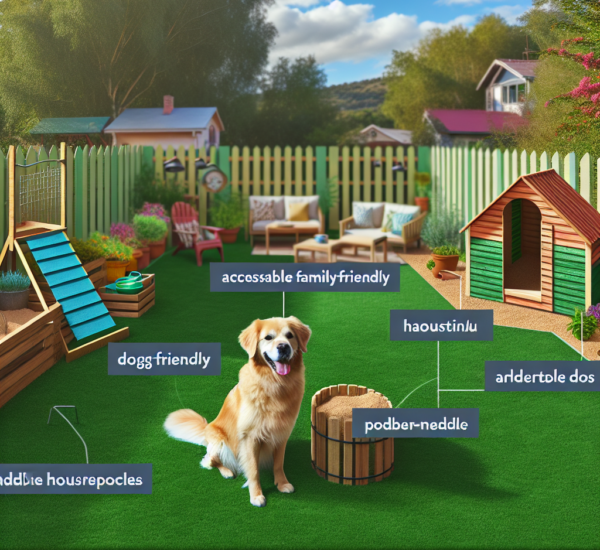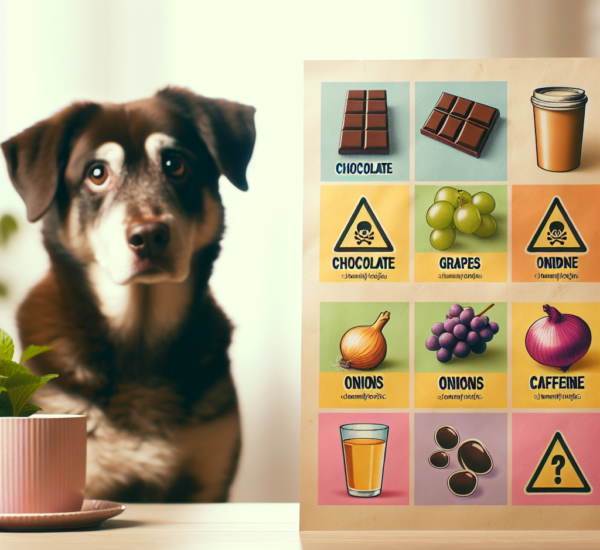Are you struggling to manage your dog’s anxiety when you leave the house? Discover what dog separation anxiety is and how to help your pet stay calm.
What is Dog Separation Anxiety?
Dog separation anxiety is a distress condition that affects many pets when left alone. It manifests as fear or stress when they’re separated from their owner.
Symptoms of Separation Anxiety
Observing your dog’s behavior can help you identify signs of separation anxiety:
- Excessive barking or howling
- Destructive behavior such as chewing furniture
- Urinating or defecating indoors
- Pacing or restlessness
- Attempting to escape
Causes of Dog Separation Anxiety
Past Traumas or Changes
Past experiences, such as being abandoned or rehomed, can trigger anxiety. Major changes, like moving houses, can also be distressing.
Lack of Training
Dogs that haven’t been taught to be alone from a young age are more prone to feel anxious when left by themselves.
Genetic Predisposition
Certain breeds may be more susceptible due to their genetic traits, such as being more sociable or emotionally sensitive.
How to Help Your Dog
Gradual Desensitization
Teach your dog to tolerate being alone by gradually increasing the time you spend apart. Start with short periods and slowly extend them.
Create a Comfortable Environment
Leave comforting items like your clothing or favorite toys accessible. Soft music can also have a calming effect on your pet.
Professional Training
Consider hiring a trainer or a veterinarian specialized in behavioral disorders. They can tailor strategies to your dog’s specific needs.
Medications and Natural Remedies
For severe cases, consult your vet about medications or calming supplements that can help alleviate your dog’s anxiety.
Tips to Prevent Anxiety
- Engage in regular exercise to tire your dog out physically and mentally.
- Maintain a consistent routine to give your dog a sense of stability.
- Use positive reinforcement to reward calm behavior.
- Employ interactive toys to keep your dog entertained during your absence.
For more on training tips and dog behavior, check out our comprehensive dog training guide.
Frequently Asked Questions
What can I do if my dog becomes anxious when I leave?
Start by identifying triggers and create a loving, predictable routine. Reach out to professionals if needed.
Is separation anxiety only seen in certain dog breeds?
While some breeds may be more predisposed, any dog can develop anxiety given certain circumstances.
Are medications always necessary for treating separation anxiety?
Medication is not always needed, especially for mild cases. Behavior modification techniques can be quite effective.
Conclusion
Dog separation anxiety can be challenging, but with patience and the right strategies, you can help your furry friend feel safe and calm when alone. Take progressive steps to make your dog comfortable and consult professionals when necessary. If you’re facing specific challenges, explore our other articles on dog care, like Managing Dog Anxiety in Daily Life.
Call to Action: Share your experiences or tips with our community in the comments below and help fellow dog owners manage this common issue.




